
Lampung Province
A Comprehensive Look at Lampung Province


🏛️Capital City and Geographical Conditions
Capital City: Bandar Lampung. The city is the economic and political center, comprising two main areas: Tanjungkarang (the commercial center) and Teluk Betung (the coastal area).
Geographical Conditions: Lampung is marked by its position near the highly active tectonic plates and the Sunda Strait.
The Bukit Barisan Mountains: These run along the western and northern borders, featuring forests and fertile volcanic soil.
Lowlands: The eastern and central parts consist of fertile lowlands, which have been historically developed for large-scale agriculture (cassava, rubber, coffee, and pepper).
Krakatoa's Influence: The province faces the Sunda Strait, home to the Anak Krakatoa volcano, making the coastal area seismically active.
📜History: The Transmigration Hub and Ancient Trade
Lampung's history is characterized by its indigenous roots and its modern role in national population redistribution.
Ancient Kingdoms: The region was historically part of the Srivijaya Empire's maritime trade network. The indigenous people, the Lampungese, maintained strong cultural and political autonomy through their customary law (Adat).
The Transmigration Era: Starting in the early 20th century under the Dutch and expanding significantly under the Indonesian government, Lampung became the primary destination for the Transmigration Program (Transmigrasi), moving people (primarily Javanese and Sundanese) from the overcrowded island of Java. This has profoundly shaped Lampung's current demographics.
Volcanic Impact: The catastrophic 1883 eruption of Krakatoa severely affected the coastal regions of Lampung, changing its geography and history.
👥Demographics and Customs
Population: The population of Lampung Province is approximately 9.2 million people.
Ethnic Groups: The population is highly diverse:
Javanese: The largest single ethnic group due to transmigration.
Lampungese (Lampung/Paminggir): The indigenous group, divided into several traditional clans (Buay).
Sundanese: Another large migrant community from West Java.
Other Groups: Including significant communities of Batak and Minangkabau.
Customs (Adat): The indigenous culture is known as Adat Lampung, which emphasizes a strong hierarchy and communal decision-making. The two major customary systems are Peminggir (coastal) and Punyimbang (highland). The Adat is central to marriage and initiation rites.
Language: Bahasa Indonesia is the official language. Local communication often uses Javanese, Sundanese, or the various dialects of the Lampungese language (Aboriginal).
🎨Culture and Traditional Arts
Lampung's culture is a blend of the indigenous Adat and the diverse migrant traditions.
Tapis Weaving: The most famous cultural product. Tapis is a hand-woven, intricate textile made from cotton and heavily decorated with gold or silver threads, used primarily during traditional ceremonies. It is a symbol of Lampungese cultural identity.
Pehman Dance: A traditional welcoming dance performed during formal ceremonies, characterized by elegant, measured movements.
Traditional Houses: Traditional Lampung houses (Nuwo Sesat or Lamban Pesagi) are built on stilts and feature distinctive tiered roofs.
🍲Distinctive Traditional Cuisine
Lampung cuisine features flavors influenced by both its coastal resources and its agrarian lowlands, often incorporating spicy and sour elements.
Seruit: The most iconic Lampungese dish. It consists of grilled or fried fish (often freshwater fish), which is eaten collectively with sambal terasi (chili paste with shrimp paste), tempoyak (fermented durian), and rice. It is a communal dish, eaten using hands.
Gulai Taboh: A thick curry made from coconut milk, spiced with chili and turmeric, usually containing fish, shrimp, or sometimes meatballs, and vegetables like beans or potatoes.
Geguduh: A traditional sweet snack. It is essentially a fritter made from mashed bananas mixed with flour and sugar, then fried until golden brown and crispy.
Engkak Ketan: A traditional layered sticky rice cake, baked slowly to achieve a soft, rich, and dense texture. It is a delicacy often served during Lebaran (Eid) celebrations.
🗺️Famous Tourist Attractions
Lampung is famed for its wildlife, especially elephants, and its beautiful coastal scenery.
Way Kambas National Park: The premier attraction, famous worldwide as an elephant sanctuary and conservation center, focusing on the protection and rehabilitation of the Sumatran Elephant and the Sumatran Rhino.
Kiluan Bay (Teluk Kiluan): Known as the "Dolphin Bay," this area is famous for dolphin-watching tours, where large pods of dolphins can be seen in the wild.
Mount Krakatoa (Anak Krakatoa): While the volcano itself is located in the Sunda Strait, tours to the surrounding islands offer views of the volcano and a historical perspective on the 1883 eruption.
Pahawang Island (Pulau Pahawang): A popular island for snorkeling and diving, known for its clear water and protected marine life, located near Kiluan Bay.
✈️Transportation Infrastructure
Lampung is vital for inter-island connectivity between Sumatra and Java.
Airport (Bandar Udara):
Radin Inten II International Airport (TKG): Located near Bandar Lampung, it is the main airport, serving regular domestic flights to major Indonesian cities like Jakarta and Bandung, and handles some limited international traffic.
Railroad (Stasiun Kereta Api):
Lampung has an active railway network, managed by PT KAI. Tanjungkarang Station in Bandar Lampung is the major passenger station, connecting the city northwards to Palembang (South Sumatra) and serving as a key line for transporting freight (especially coal and agricultural goods).
Port (Pelabuhan):
Bakauheni Port: The most important ferry terminal in Indonesia, connecting Lampung directly to Merak Port in Banten (Java Island), serving millions of passengers and vehicles annually.
Panjang Port: The main commercial and cargo port near Bandar Lampung.
Lampung is truly the vibrant frontier of Sumatra—a place where the rich, gold-threaded traditions of the indigenous people live alongside the dynamic, multi-ethnic communities forged by migration. From the conservation efforts saving the gentle giants of Way Kambas to the vital connection provided by the Bakauheni ferry, Lampung is a province of essential purpose. It is a compelling region that offers history, cultural depth, and the thrilling spectacle of Sumatran wilderness at the very edge of the continent.
🐘Lampung Province: The Southern Gateway to Sumatra
Lampung is the southernmost province on Sumatra Island, serving as the crucial gateway connecting Sumatra to Java via the Sunda Strait. Known for its historical role in transmigration, its unique indigenous culture, and its spectacular natural reserves, Lampung is a dynamic and strategically important region of Indonesia.

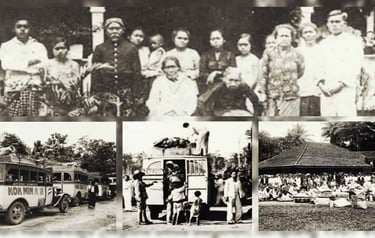
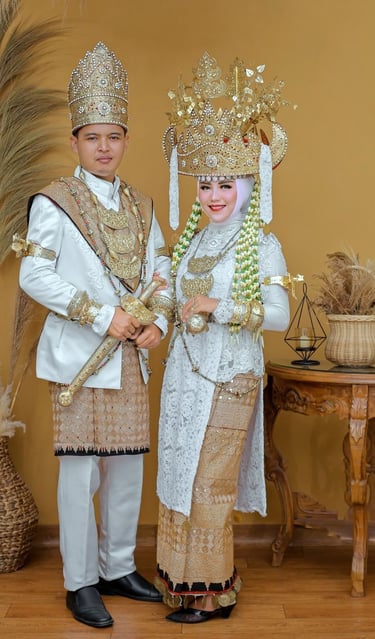

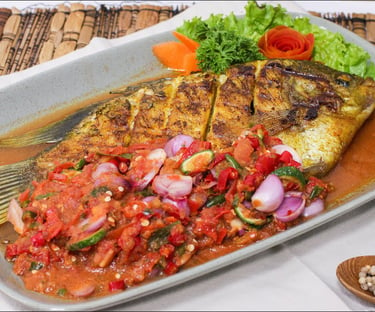

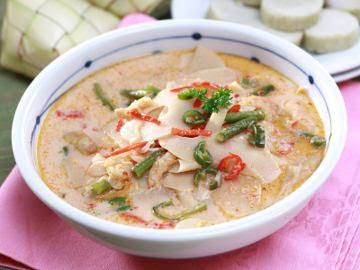



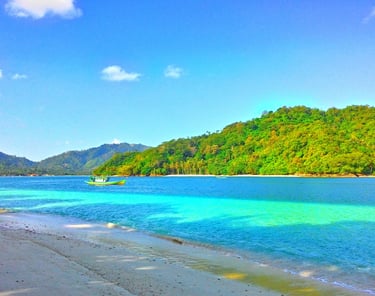

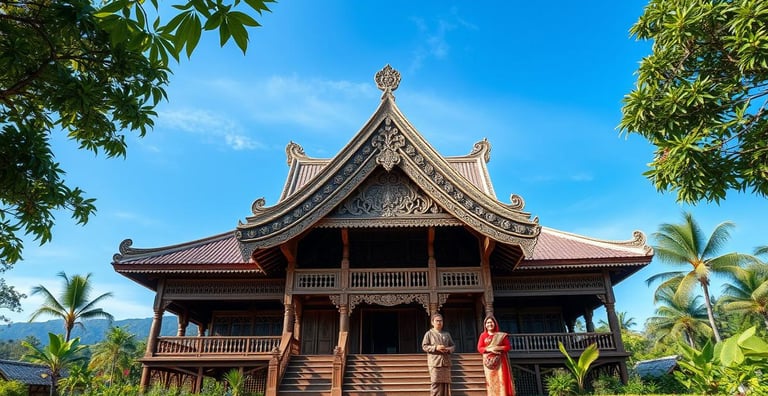


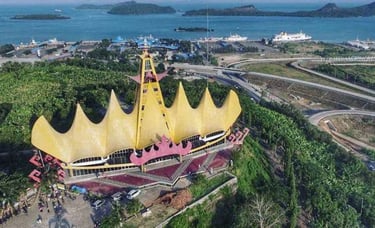




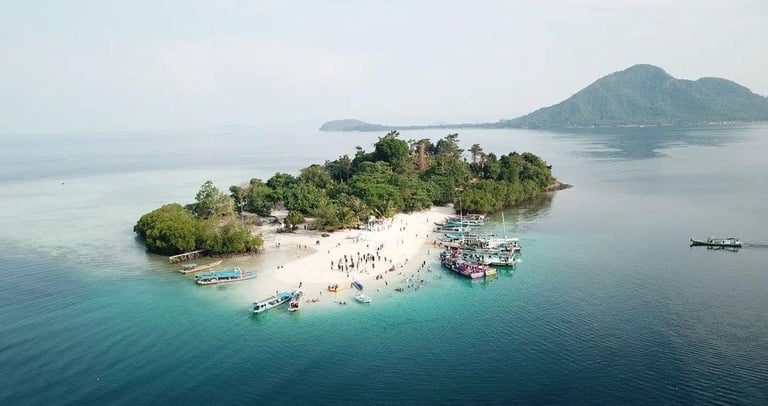


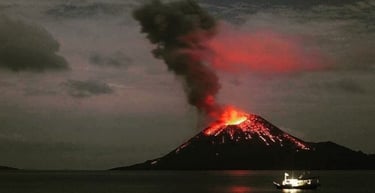
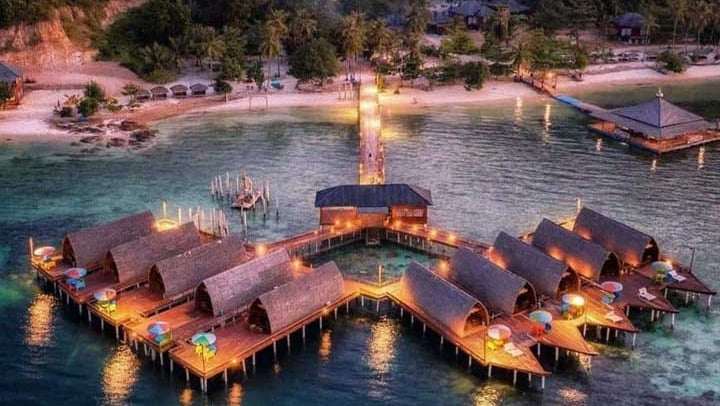

Follow us to explore Indonesia with expert travel guidance
©PT.Sinar Pesona Travelindo 2025. All rights reserved.
